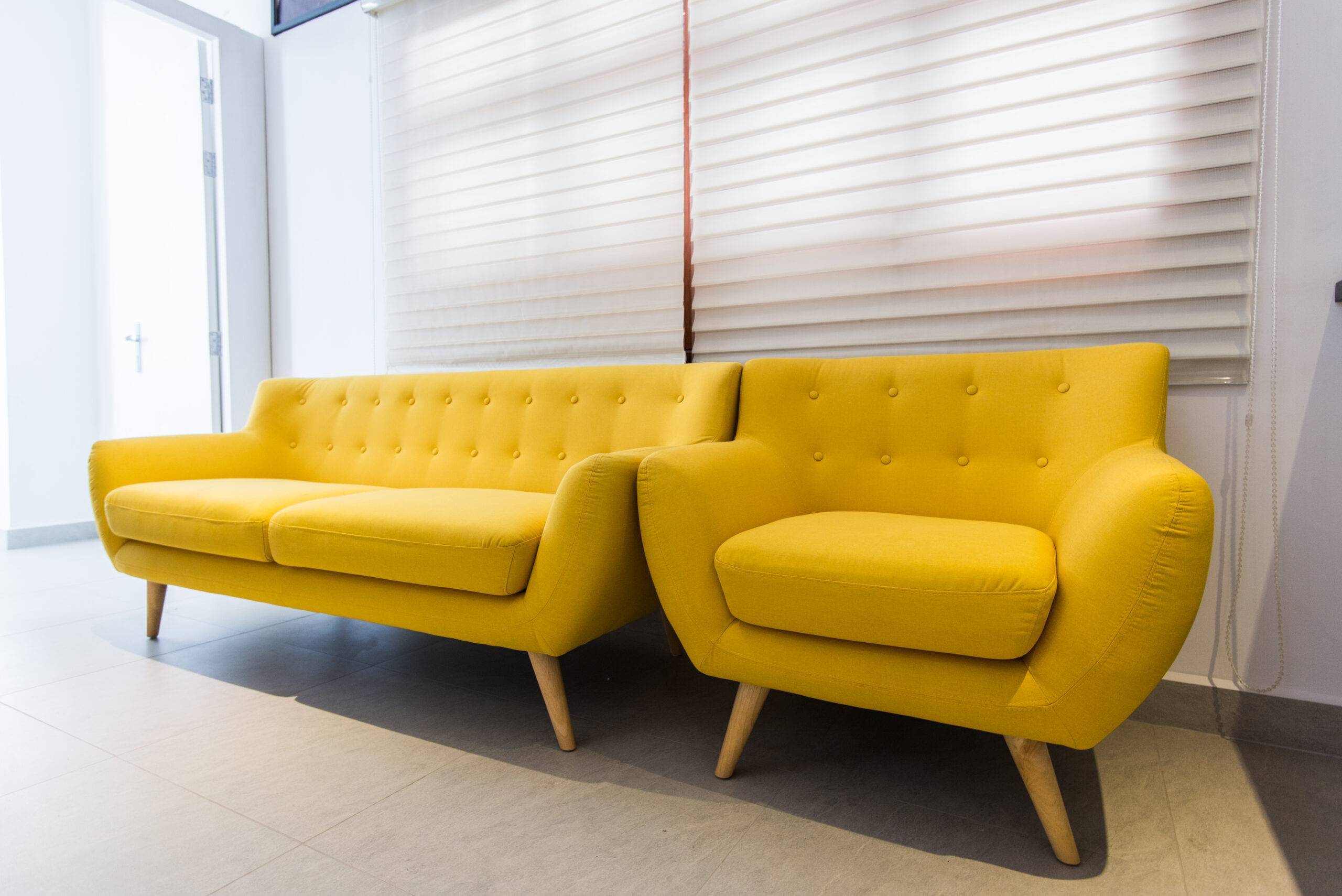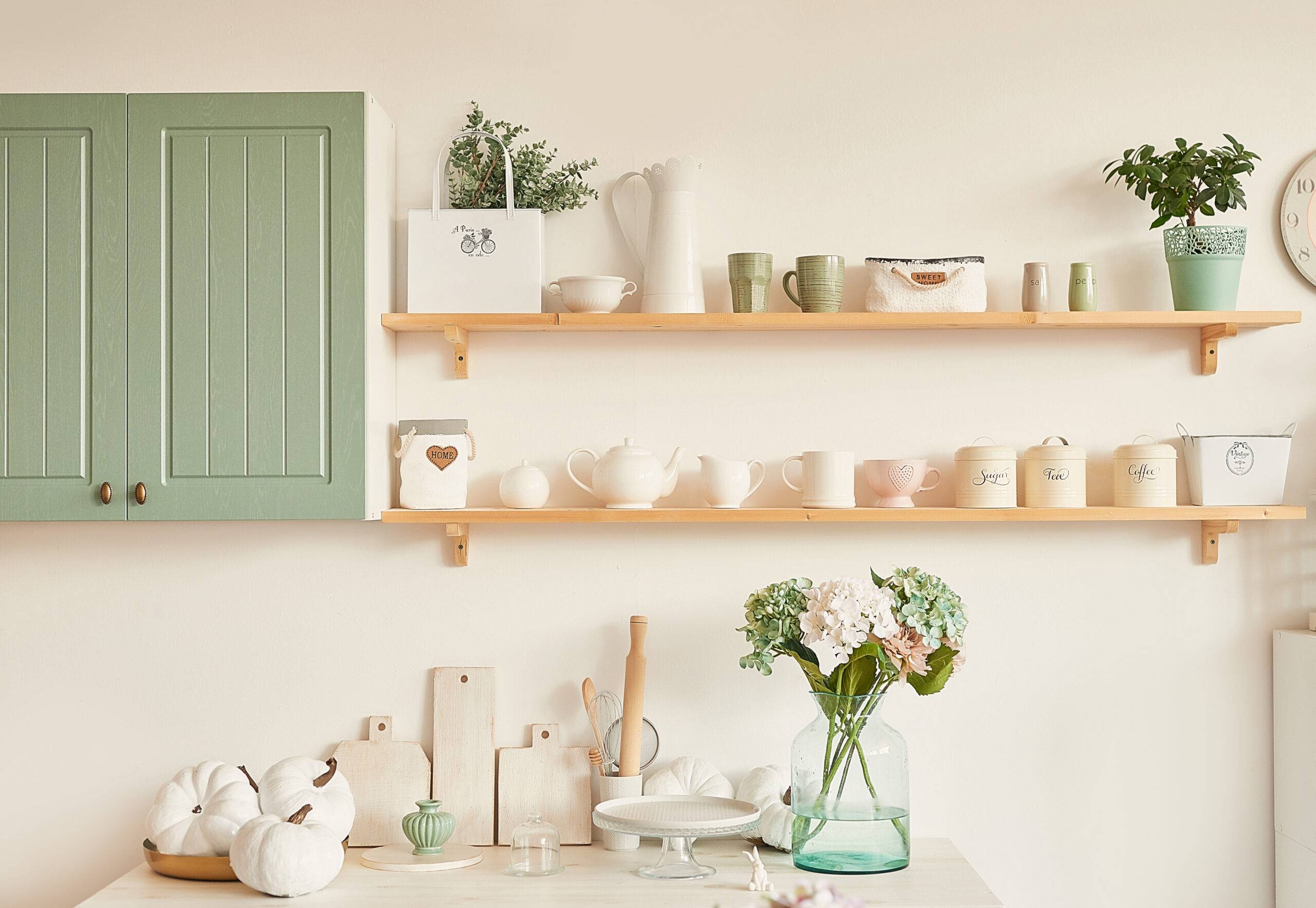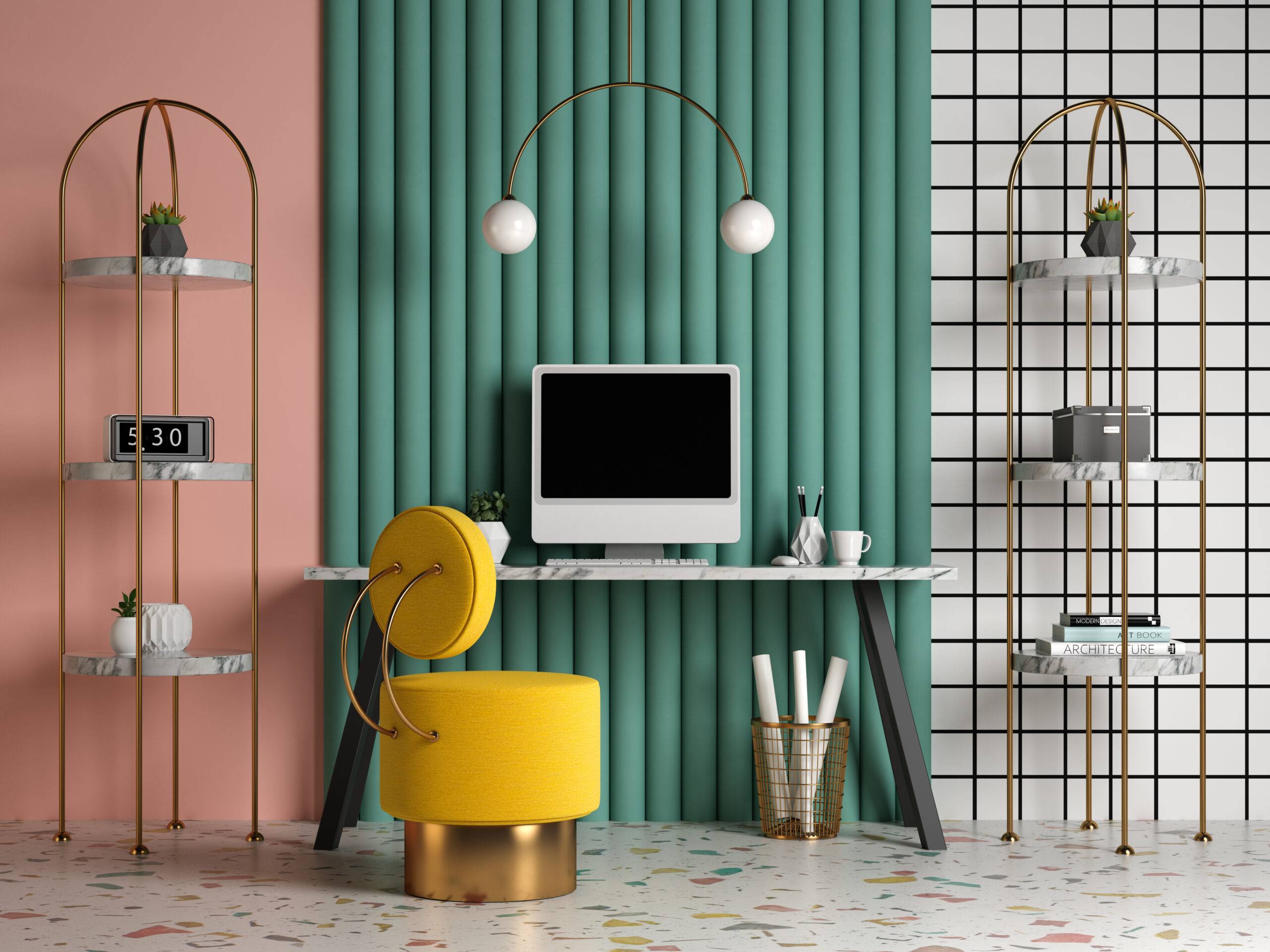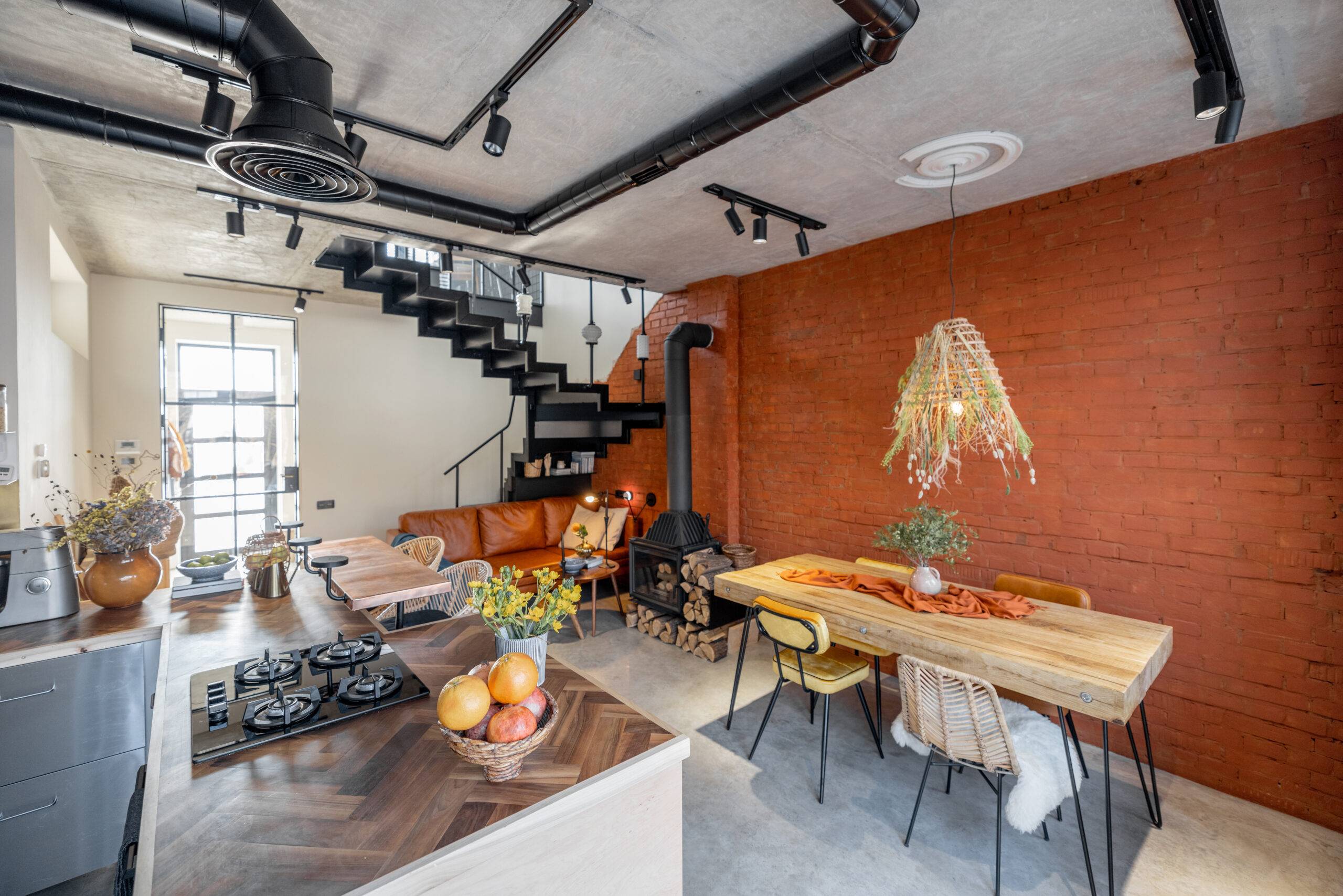The Top 6 Furniture Trends That Designers Hate
07:37Trends are fleeting by nature, and that goes for any type of trend, including those related to interior design. While some decor trends bring fresh ideas and innovative styles to the scene, others make designers everywhere cringe. These trends, often born out of momentary popularity or mass production, can detract from the true, timeless beauty and functionality of a space, so let’s explore the furniture trends that designers wish would disappear and why they might not be the best choice for your home.
1. Overly Matching Furniture Sets
The idea of a perfectly matching furniture set might seem appealing on itsface, but it often results in a lack of personality and creativity in a room. Designers dislike this trend because it can make spaces feel more like a showroom than a home. When every piece of furniture matches exactly, it stifles individuality and limits your opportunity to showcase your personal style. Instead, consider mixing and matching different pieces that complement each other instead. This offers better interest and is easier to pair with the surrounding decor as you have more options for a focal piece.

2. Faux Vintage Furniture
Faux vintage furniture is another trend that often makes designers cringe. While the appeal of vintage pieces is undeniable, especially in today’s vintage-is-in stylings, opting for mass-produced imitations only results in a lackluster and inauthentic look. These pieces often lack the character and craftsmanship that make true vintage items so special. Designers recommend seeking out genuine vintage or antique pieces, even if it means acquiring them slowly over time. Authentic vintage furniture brings a sense of history and uniqueness to a space that faux versions simply cannot replicate.

3. Excessive Use of Open Shelving
Open shelving has been a popular trend in recent years, but it can quickly become overwhelming and cluttered if it’s not done right. Designers often cringe at the excessive use of open shelving because it requires meticulous organization and maintenance to look appealing. Without careful curation, open shelves can become a catch-all for miscellaneous items, leading to a chaotic and disorganized appearance. Instead, consider using a mix of open and closed storage options. This allows you to display select items while keeping others neatly tucked away.

4. Fast Furniture
Fast furniture, characterized by its low cost and rapid production, is a trend that many people, not just designers this time, wish would stop. While these pieces may be budget-friendly, they often come with hidden costs, such as poor build quality, negative environmental impact, and unsafe or unjust working conditions for the people making them. Invest in higher-quality pieces that are built to last. While the initial cost may be higher, these items often prove to be more economical in the long run by standing the test of time rather than needing to be replaced with the next new thing.

5. Overuse of Grey
Grey has been a dominant color in interior design for years, it’s a neutral in many tones that’s easy to build upon, but its overuse can lead to spaces that feel cold and uninspiring. Designers dislike the excessive use of grey because it can strip a room of warmth, personality, and creativity. While grey can be a versatile and sophisticated choice if that’s what you’re aiming for, relying too heavily on it can result in a simply monotonous environment instead. If you’re going for grey, keep it minimal, and be sure to build up other colors alongside it. Otherwise you risk the space looking like a concrete chamber.
6. Industrial Overload
Similar to the concrete point, industrial-style design has been a popular trend for a few years now, but when it’s taken to extremes, it can make spaces feel cold and unwelcoming. Designers often dislike the overuse of industrial elements because they can dominate a room and overshadow other design features. Wrought iron, exposed brick, concrete features, open duct work, it all becomes a little heavy when stacked together. Instead of going all-in on the industrial look, consider incorporating just a few key elements to add character to the space instead.

In the ever-changing world of interior design, it’s important to be discerning about which trends to embrace and which to avoid. By steering clear of these cringe-worthy furniture trends, you can create a home that is timeless and reflective of your personal style all at once. Remember, the key to a beautiful and functional space is balance, creativity, and authenticity. There’s nothing wrong with indulging in some trends of course, just make sure you have a good base underneath it all. That’s the mark of good interior design.
You're reading The Top 6 Furniture Trends That Designers Hate, originally posted on Decoist. If you enjoyed this post, be sure to follow Decoist on Twitter, Facebook and Pinterest.
Posted By : Daniel Mitchell
0 comments